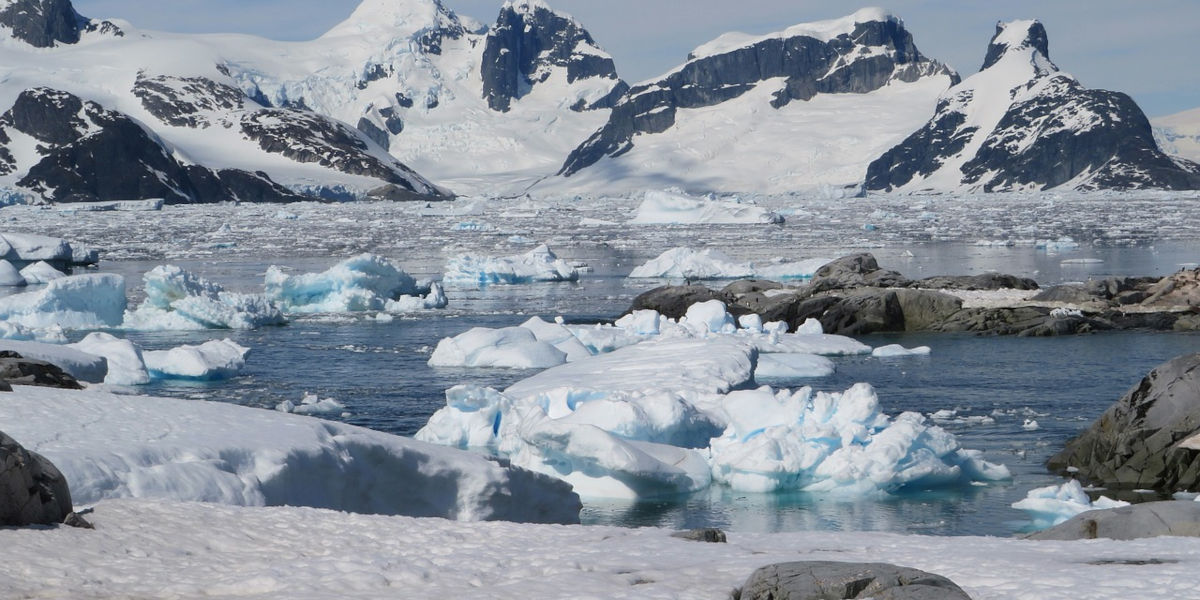Climate change is a global conversation and concern. However, the focus is often on global warming, while the topic of ice ages remains largely uncharted territory for most. So, what causes ice ages, and how were they integral to shaping the world we live today? A thorough understanding of climate change can help us address these questions and offer insights into the history of ice ages. This article aims to explore the underlying causes of ice ages and the world’s climate history to better understand the complex climate narrative.
Unmasking the Ice Age: A Prelude
Ice ages represent a significant part of Earth's long, storied past. These periods, characterized by intense cooling and expansive glaciation, have dictated the course of natural evolution and human civilizations alike. Furthermore, exploring the history of ice ages can show us the stark realities of the Earth's ever-changing climate.
Understanding Climate Change: The Bigger Picture
Contrary to popular belief, our planet's climate is not a static entity. It's a dynamic system that is subject to a multitude of factors. Understanding climate change enables us both to make sense of the past ice ages and foresee the potential future of our planet's climate. Climate change is triggered by a variety of factors, including solar radiation, the Earth's rotation around the Sun, and the concentrations of greenhouse gases in the atmosphere. But how exactly do these elements intermingle to induce an ice age?
What Causes Ice Ages: Scratching Beneath the Surface
Scientists attribute the onset of ice ages to several interacting factors, all engrained in the Earth’s natural atmospheric and geological phenomena. Among these are fluctuations in sunlight due to changes in the Earth’s orbit, shifts in the distribution of sea and land, and volcanic activities. These elements align in a complex choreography to create the massive planet-cooling events we know as ice ages.
An In-depth Dive into the History of Ice Ages
Over the past one billion years, Earth has undergone at least five major ice ages: the Huronian, Cryogenian, Andean-Saharan, Late Ordovician, and Karoo Ice Age. Each has had unique characteristics and triggers, contributing to our current climate's makeup and our understanding of Earth's climatic patterns.
As we journey through the annals of time, the evidence of these ice ages rings truer, from the towering glaciers of North America to the lush greenery that now sits atop previously ice-shrouded lands. The narrative of these climatic shifts not only helps to map our planet's past but also provides clues to its future.
Understanding Ice Ages
Ice ages, perhaps one of nature’s most awe-inspiring phenomena, are periods in Earth's history when significant portions of the planet's landmasses are covered by glaciation. They not only represent a remarkable period of natural transformation but are also rich in insights as to how our climate system works.
These periods alternates between glacials, known as "ice ages," when ice sheets are prevalent, and interglacials, periods of warmer climate between glacials. The astounding transition from a warm and hospitable climate to a world encased in ice, sometimes thousands of meters thick, is a captivating natural mystery that continues to puzzle scientists.
What exactly triggers these 'Big Freeze' events? There isn't a simple answer. A multitude of factors work together to create the conditions necessary for an ice age. However, among the causes of ice ages, some are especially noteworthy.
The Factors Influencing the Emergence of Ice Ages
The complex interplay of astronomical forces, atmospheric phenomena, and geological components is integral for creating the ice age conditions. Key elements include variations in Earth's orbit and axial tilt, levels of greenhouse gases, activities of the sun, plate tectonics, and even the impact of large-scale meteorites.
Perhaps the most well-accepted theory for the cause of ice ages is Milankovitch Cycles. Named after Serbian geophysicist Milutin Milankovitch, this hypothesis suggests that periodic changes in Earth’s orbit and movement around the sun cause ice ages. These changes, known as eccentricity, obliquity, and precession, shift the global distribution and intensity of sunlight, thus affecting the overall climate.
The Dance of Sunlight: Milankovitch Cycles
According to Milankovitch's theory, Earth’s axial tilt and the shape of its orbit around the sun fluctuate over predictable, extended periods. These fluctuations cause variances in the amount of solar radiation different parts of the Earth receive. Extended periods of decreased solar radiation at high latitudes can lead to the onset of glacial periods due to the lessened melting of winter snows.
Carbon Dioxide: The Forgotten Catalyst
Additionally, a lesser talked about but equally important factor is the changing levels of atmospheric greenhouse gases. Scientists believe that the drop in atmospheric carbon dioxide levels plays a pivotal role in driving the Earth into an ice age. This reduction could have resulted from processes such as rock weathering, which absorbs CO2, and decreased volcanic activity.
To understand and contextualize the climatic shifts occurring today, it is imperative to decode the causes and effects of ice ages. These periods of extensive glaciation serve as a stark reminder of the Earth's inherent climatic dynamism and the profound influences of various astronomical and geological factors on the Earth's climatic state.
In conclusion, ice ages represent an essential chapter in Earth's climatic history and serve as a lens to comprehend the complexity of our world's climate system.




